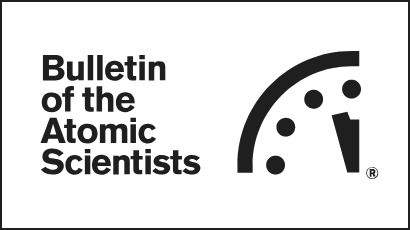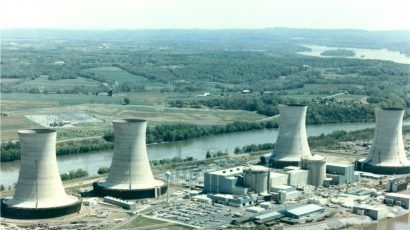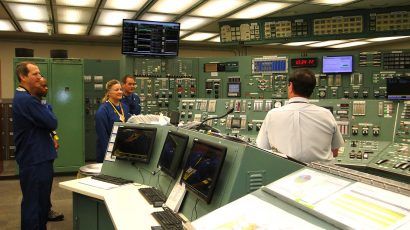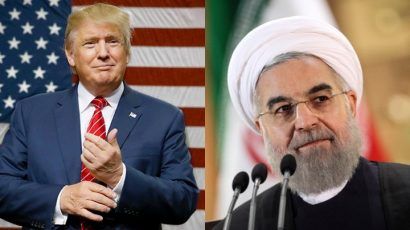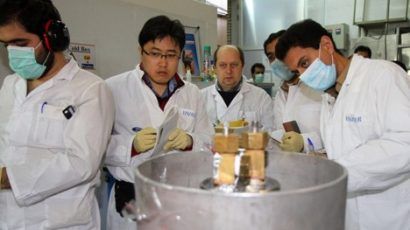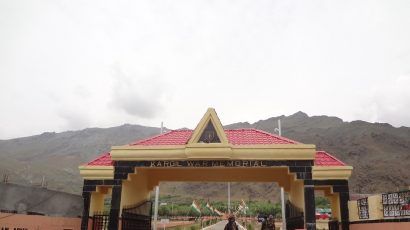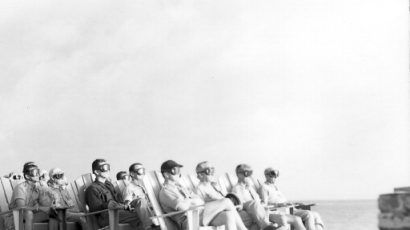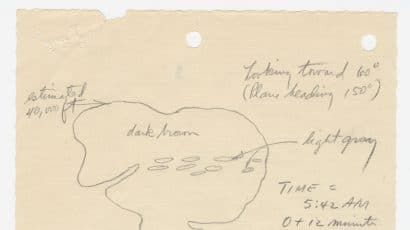Search results for nuclear terrorism
How vulnerable are US nuclear reactors to the kind of disaster that is occurring at Fukushima Daiichi? Considering that one in three Americans lives within 50 miles of a nuclear plant, the public deserves access to all information that can shed light on this question. Yet a straight answer has been difficult to obtain from the Nuclear Regulatory Commission (NRC) and the nuclear industry.
Nuclear waste repository case studies: The Netherlands
All Dutch radioactive waste is (or has been) produced at essentially four locations--a nuclear power plant in Borssele, a nuclear power plant in Dodewaard, a research reactor in Delft, and a research reactor in Petten. Currently, it's centrally stored at an aboveground facility of the Central Organization for Radioactive Waste (COVRA), which is situated next to the Borssele reactor on the country's Zuid-Beveland peninsula and flanks the Westerschelde estuary.1
Spent nuclear fuel mismanagement poses a major threat to the United States. Here’s how.
A widespread collapse of the US power grid system—triggered by solar storms, physical attacks, or cyberattacks—could threaten nuclear facilities, including overloaded spent fuel pools.
Better nuclear fuel could reduce the likelihood and severity of nuclear power plant accidents
The Three Mile Island, Chernobyl and Fukushima nuclear accidents shared an important attribute: Each of the power plants experienced a fire involving the zircaloy (zirconium alloy) cladding of nuclear fuel assemblies
Aging nuclear plants, industry cost-cutting, and reduced safety oversight: a dangerous mix
After the 2011 Fukushima nuclear disaster in Japan, the US Nuclear Regulatory Commission (NRC) set up a task force to assess whether there were deficiencies in its oversight of nuclear reactor safety. The task force came back with twelve major areas for improvement. Its top recommendation: The agency needed to strengthen its fundamental regulatory framework … Continued
A nuclear war in the Persian Gulf?
The risk of nuclear warfare in the Persian Gulf represents a present and clear danger to world peace, requiring the mobilization of the international community to intervene.
Dragons, nuclear weapons, and Game of Thrones
One similarity between Game of Thrones and Mutual Assured Destruction: The inherent difficulties of managing fictional dragons and real-life nuclear weapons.
Iran nuclear crisis II
The harder Iran is pushed, the more tempting it will be for the country’s leaders to play the nuclear card.
Another nuclear crisis in the making? Great power competition and the risk of war in South Asia
Never since South Asia’s nuclearization has global politics been so uncertain, great power relations so fraught, and competing global priorities so distracting.
Prevent nuclear catastrophe: Finally end the Korean War
At this moment of unprecedented tension in the US-North Korea confrontation, it is time for "previously unthinkable options." Perhaps most unthinkable of all--and most promising--is to finally bring the Korean War to a formal close.
Neglecting nuclear security in the 2016 election
Two interns wonder why they seem to be more concerned than the 2016 presidential candidates about nuclear proliferation.
The nuclear energy industry’s communication problem
According to the industry, nuclear energy is on the verge of an enormous resurgence, fulfilling the promise that was thwarted by the Chernobyl and Three Mile Island reactor accidents, the Washington Public Power Supply System financial collapse, and other misadventures. These upbeat accounts point to new technology, legislation, energy realities, and management teams as reasons for optimism. Skeptics portray these opportunities as mirages, obscuring the unresolved problems that undermined nuclear expansion plans a generation ago.
Kazakhstan’s nuclear ambitions
When the Soviet Union collapsed, the international community anxiously watched to see what newly independent Kazakhstan would do with the thousands of nuclear weapons left on its territory. If Kazakhstan had decided to prevent their withdrawal, it would have become the fourth largest nuclear power in the world. Thankfully, the country decided to disarm--a choice it reached due to a combination of international pressure, a desire to integrate into the international community, and assured Western assistance with dismantling its nuclear weapons and facilities.
Playing at nuclear war
Just in time for holiday shopping comes nuclear virtual reality, in the form of video games, documentaries, emergency simulations, and so-called disaster tourism.
Verifying the nuclear ban: Lessons from South Africa
How will the nuclear weapon ban treaty be verified? Look for clues in South Africa.
Sustaining the nuclear watchdog with a grand budgetary bargain
Why its member states need to strike a budgetary bargain that releases the International Atomic Energy Agency (IAEA) from the clutches of zero-real-growth budgeting.
Introducing the Nuclear Fuel Cycle Cost Calculator
Over the last two years, the Bulletin of the Atomic Scientists and the University of Chicago have created an online tool that will help countries understand the true cost of choosing the reprocessing route—and perhaps help limit the spread of nuclear reprocessing. Here's how.
Are small nuclear reactors the answer?
A much-touted new atomic energy technology may be a solution in search of a problem.
The new nuclear abolitionists
Twenty-five years ago, the Nuclear Freeze campaign mobilized hundreds of thousands of Americans to demand an end to the testing, production, and deployment of new nuclear weapons. At that time, advocating the complete abolition of nuclear weapons was a fringe position confined to a few utopians on the left. Even most antinuclear activists struggled getting past the "you can't put the genie back in the bottle" common sense of pundits and arms control experts.
Trinity: The first nuclear bomb test
Virtual Tour: Turn Back the Clock “] In a remote desert in New Mexico, scientists anxiously waited in pouring rain at 3 am on July 16, 1945. They were awaiting “Trinity,” the code name of the first detonation of a nuclear bomb. At 5:29 am they successfully detonated the “Gadget,” codename for the world’s first … Continued
